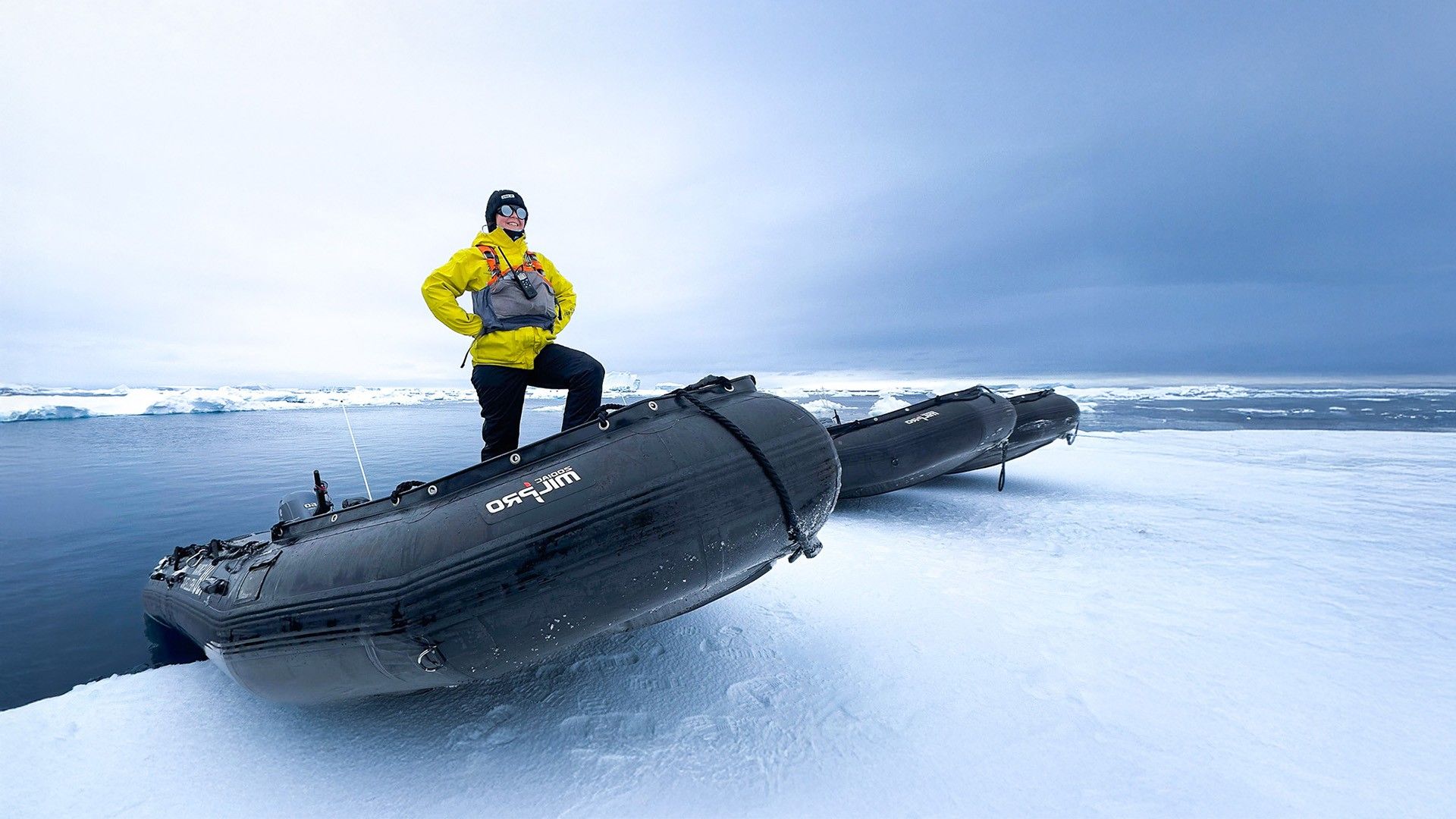"Spending time in the Polar wilderness, slowing down to observe and listen while also studying the surrounding ecosystems, highlighted the delicate nature of everything."
She began by the Brenta River in northeastern Italy, where alpine air and rippling water stirred a quiet fascination with the wild. Years later, that early wonder has taken Margherita Lucadello to some of the planet’s most remote, frozen places, where she now leads fellow explorers through Arctic fjords and Antarctic shores.
What sparked your love for nature growing up?
Margherita: My fascination with the natural world began early, with summers spent by the sea in Italy with my grandmother and in Brunico near the Dolomites with my mother and sister. The beauty of these places stayed with me and drew me back to nature year after year. My father – a biologist at heart with a vast knowledge of the world – taught me to be always curious. Living close to the Brenta River, right at the foot of the mountains, further nurtured this connection.
Who or what drew you toward marine biology?
Margherita: My summers spent at the sea were the most beautiful and peaceful times of my childhood. Returning to the sea each year felt like reuniting with an old friend. In a way, the sea itself was my mentor. I knew that was the path I wanted to take. I moved to Portugal, to study at the Universidade do Algarve. At first, I lived near the university. However, I soon moved to an old fisherman’s house on the beach. Waking up with the sea just outside my door was an invaluable experience!
When did biology and exploration feel like more than interests?
Margherita: At school, science was always one of my favorite subjects, and I loved reading Focus and National Geographic. My participation in the WWF project "Riverwalk," a beautiful international project that involved both exploration and nature conservation, began as I started university, solidifying that biology and exploration were my calling. The aim of the Riverwalk project was to organize wilderness treks along rivers in Italy, Slovenia, Austria or Albania, engaging with locals about river ecosystems.
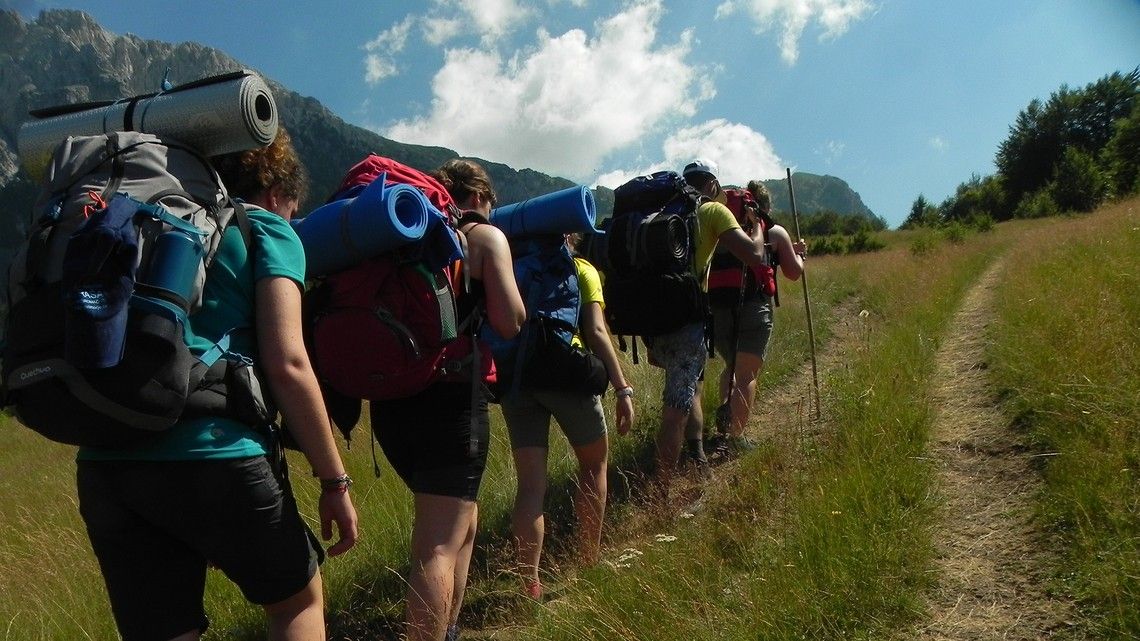
Science in the polar regions
What was it like participating in the Polar Ecology Erasmus+ program in the Czech Republic?
Margherita: It was one of the wildest experiences of my life. As part of the Erasmus program, my initial destination was the remote Petuniabukta research station in Svalbard, where I spent two months working, collecting glacier samples. After that, I traveled to the Czech Republic to analyze the samples and complete my Erasmus exams.
How did those experiences prepare you for life and work in the Arctic?
Margherita: I won't deny that my time in Svalbard was initially very challenging, as it was my first experience in such an environment. Working in polar regions demands flexibility, adaptability, and self-sufficiency. Strong teamwork skills, focus, and staying informed are also crucial. My time in Petuniabukta provided a rapid and intense learning curve, shaping me significantly and teaching me lessons I’ve continued to apply.
What are cryoconite holes, and why did they matter to your research?
Margherita: Cryoconite holes are small, rounded ecosystems found in the ablation areas of glaciers, typically about 20 centimeters wide. They’re pockets of melted water with dark sediments at the bottom where life thrives. These holes are home to various life forms, including viruses, rotifers, fungi, and tardigrades, which were the focus of my research. I studied different glaciers to categorize the cryoconite holes and tardigrades’ species, living in them.
Did your experience in Svalbard shift your understanding of climate change?
Margherita: Absolutely. The research station was located directly in front of the beautiful Nordenskiöldbreen glacier. From across the fjord, we could hear the increasing sound of the glacier calving as the summer progressed. Spending time in the Svalbard wilderness—slowing down to observe and listen while also studying the surrounding ecosystems—highlighted the delicate nature of everything and the interconnectedness of even seemingly disparate elements. It became clear how significant even small environmental changes can be for the entire Svalbard ecosystem.
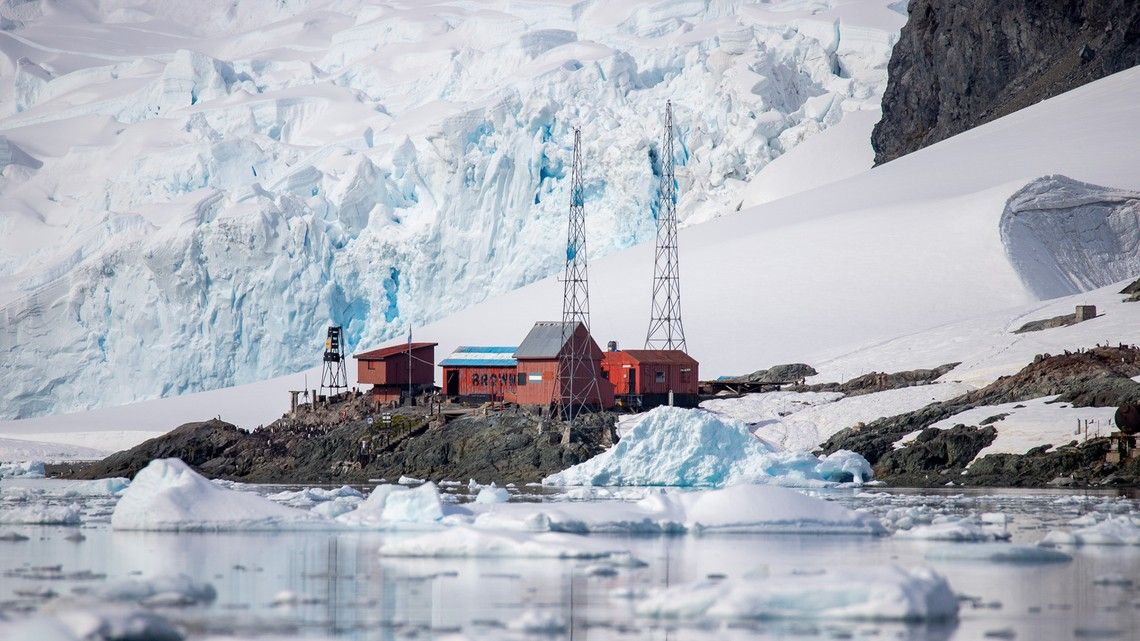
From research to guiding
What led you to transition from research into expedition guiding?
Margherita: While researching in Svalbard, I became friends with the ship's crew of Aurora, an Arctic Explorer’ship, from Tromso. After returning home, I felt a strong pull to go back to the Arctic. When finally back in Norway, I was hosted onboard Stronstad, another ship from Arctic Explorer, where I started assisting the guides and completely fell in love with the job! I’ve worked on ships since then, moving from my first ever tours as whale-watching guide to expeditions.
How did it feel to begin guiding others through places you'd studied as a scientist?
Margherita: It felt beautiful, and it was exactly what I wanted to do with my time. I loved sharing my personal experiences and the passion I developed during my time in the Arctic with many other interested people. Experiencing more time and moments in the polar regions with people as passionate as me was priceless.
What emotions first hit you when you arrived in the Arctic?
Margherita: The beauty before my eyes was unlike anything I had ever seen – something I didn't yet understand – and that unfamiliarity was somewhat frightening. However, after a while, only the beauty remained. The wilderness of the place completely captivated me, and I began to feel more and more part of its wild nature.
How does Arctic guiding compare to Antarctica?
Margherita: Working in the Arctic presents a unique challenge because of polar bears. Generally, working days in the Arctic tend to be longer than in Antarctica, although the challenging weather and numerous biosecurity checks in Antarctica can also be time-consuming. The Arctic was my first polar experience and will always hold a special place in my heart, but I also deeply love Antarctica, particularly the beauty of its majestic icebergs and the incredible cuteness of the penguins!
What was the most breathtaking wildlife moment you’ve experienced?
Margherita: This is difficult! For sure, seeing orcas and humpback whales in Skjervøy bay, north of Tromsø, is on the list. The sheer number of whales there was incredible! We weren't always able to take the Zodiacs out, but when we did, both humpbacks and orcas often came to investigate us. When working there, it was always twilight, the polar night can paint the sky in magical shades of purple, pink, and blue, making each encounter deeply magical. Of course, each polar bear encounter also goes on the list. And last year, in Svalbard, my colleagues radioed me to turn as I was surprised by an Arctic fox that came very close to me as I was standing still, she then just walked all around me and sat for a while. And how can I forget my first ever penguin? It was an Adelie in Paradise Bay.
What does the start of a typical day look like on a polar expedition?
Margherita: It very much depends on the day and the location, in the Arctic for example, standby for scouting might be around 7:00 am or earlier. The main aim would be to look out for polar bears, because we definitely want to spot them once we are still onboard, and not when we are on land. After that, stand by for operation will depend on many factors, generally at 07:45, meaning that you need to be fully dressed and in the Zodiac by then. Expedition mornings are in general always very active and require everybody to be fully ready for last minute changes, since in polar regions, the wildlife and the weather decide how the day is going to be.
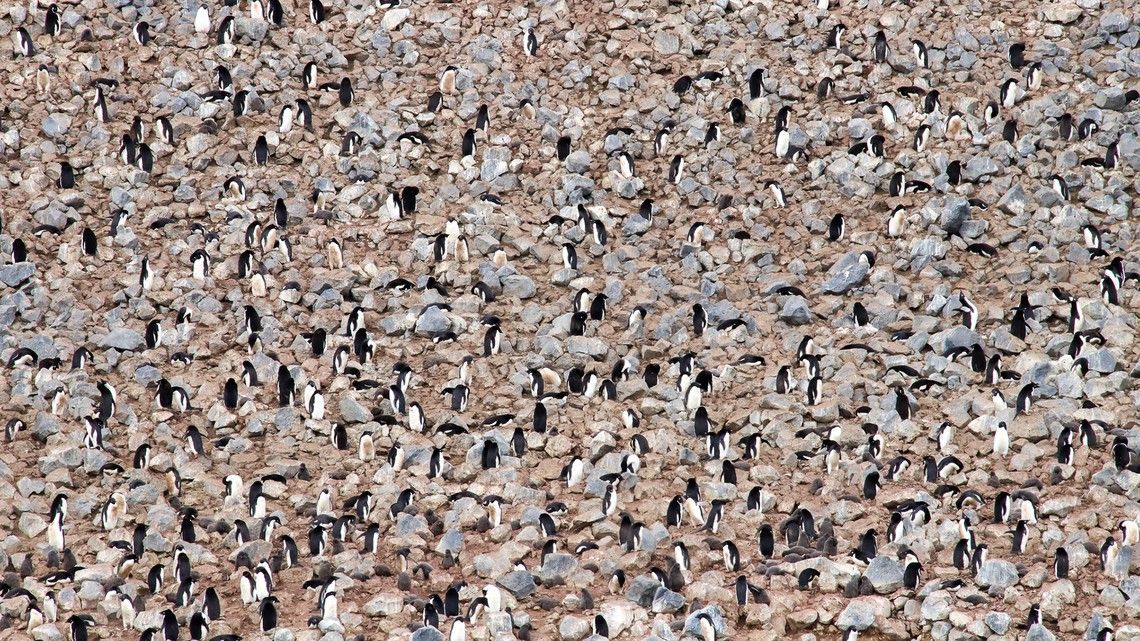
Behind the camera
How did you get into wildlife photography?
Margherita: On my very first contract, I was given a camera and a tripod and was responsible for northern lights photography. From there on, working in polar regions exposed me to such an abundance of beautiful scenery and wildlife that it naturally led me to learn more and more about photography.
How does photography affect your connection to nature?
Margherita: I love capturing moments of what I see – especially polar wildlife – for myself and partly also to share it with my loved ones to help them better understand my experiences and my work. Certainly, the desire to take good pictures encourages me to observe nature even more closely, if possible.
How do you balance science with storytelling?
Margherita: Preparing the lectures to give onboard is the best exercise for deciding how to explain and showcase scientific information through visual images. Such a fun and interesting part of the job!
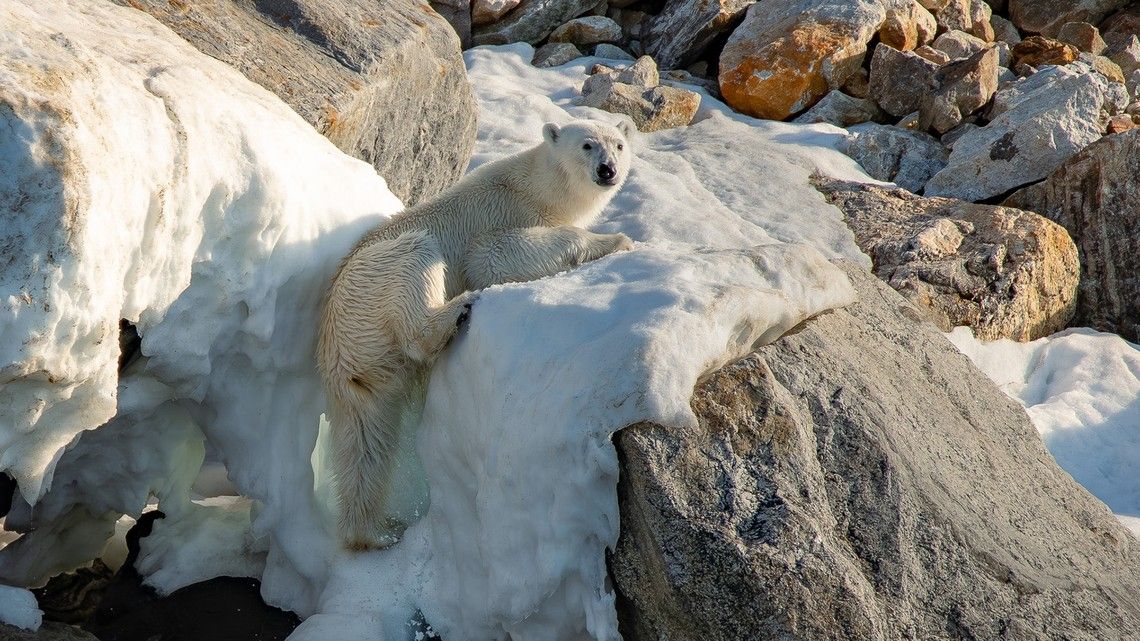
Working together in remote places
Where does your strong team spirit come from?
Margherita: I worked with WWF for two years during my biology bachelor's degree. It was part of a very international team organizing two editions of the Riverwalk project. The aim was to shape a group of about 15 people able to walk and live together, while sleeping in the wild, sourcing local food, and engaging with locals to raise awareness about river ecosystems. Both organizing and participating in these projects required teamwork. Team-building workshops, training, and exercises, shaped me considerably. Traveling, alone and in groups, also helped me develop these very important soft skills.
What’s life like among your team at sea?
Margherita: Being onboard is like being on a small island – a beautiful, moving island with about 100 people living and working together. You need to be able to communicate, collaborate, and get through challenging times when they arise. All departments are, most of the time, very well connected, and those onboard become like a small family. Everyone cares for one another, regardless of their department. Every crew member holds the same importance as everyone else. It’s a very intense and beautiful ocean family.
Is there a particular memory or story with your team that still makes you smile?
Margherita: Many moments make me smile. On my last Antarctic trip, the shared joy of being able to land on Tristan da Cunha was certainly one of them. At the end of each expedition day, when we ride back to the ship in a Zodiac, that’s a great shared moment. I have tons of videos of special moments I had with my expedition family!
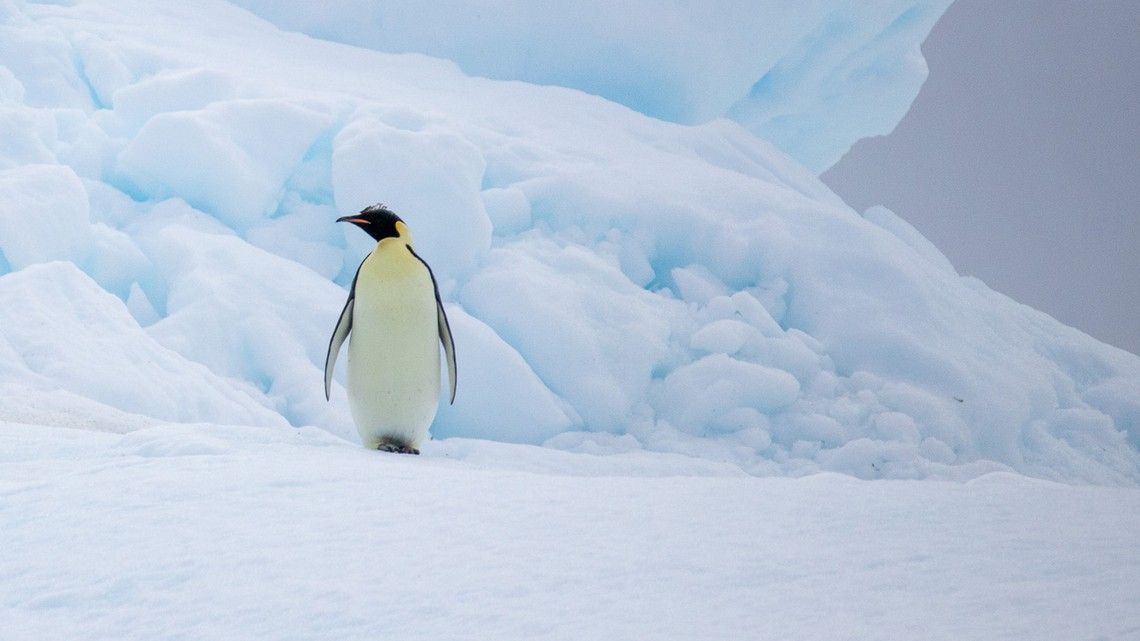
Reflection and connection
How do you see your role in inspiring others to care about the environment?
Margherita: I hope people will return home from their travels with a new perspective, looking at what they are used to with greater attention and understanding. Hopefully, they’ll share what they felt with others too, and spread their love for these delicate regions.
What’s something about the polar regions that you wish everyone understood?
Margherita: What is happening in South Georgia, in Antarctica, and in Svalbard is happening everywhere else in the world. Oceans are all united; birds like terns can fly from polar regions to guests’ gardens – everything is connected. The more we know, the more we understand, and the more we protect each place, the better we are going to live now and in the future. Small choices and actions matter so much.
Have you ever had a moment where nature completely took your breath away?
Margherita: Not just once. My first time in Petuniabukta took my breath away. It was a beautiful sunny day, we were driving on a Zodiac with perfect sea conditions, fulmars flying near our heads, and belugas in the water – I remember closing my eyes, hardly believing what I was seeing. Also, visiting Nordaustlandet for the first time – a massive ice wall with waterfalls cascading down – was so impressive. And when I landed in South Georgia for the first time, I could not believe the amount of wildlife at the beach.
What’s next for you?
Margherita: The poles keep drawing me back – their beauty is just addictive. I’ve just come back from the Arctic! One week ago I left SH Vega, after travelling through Canada, Greenland, Iceland, Jan Mayen and Svalbard. I’ll be going to the newest Swan Hellenic destinations on my next trip. I can’t talk about it yet, but I am so excited for it!
